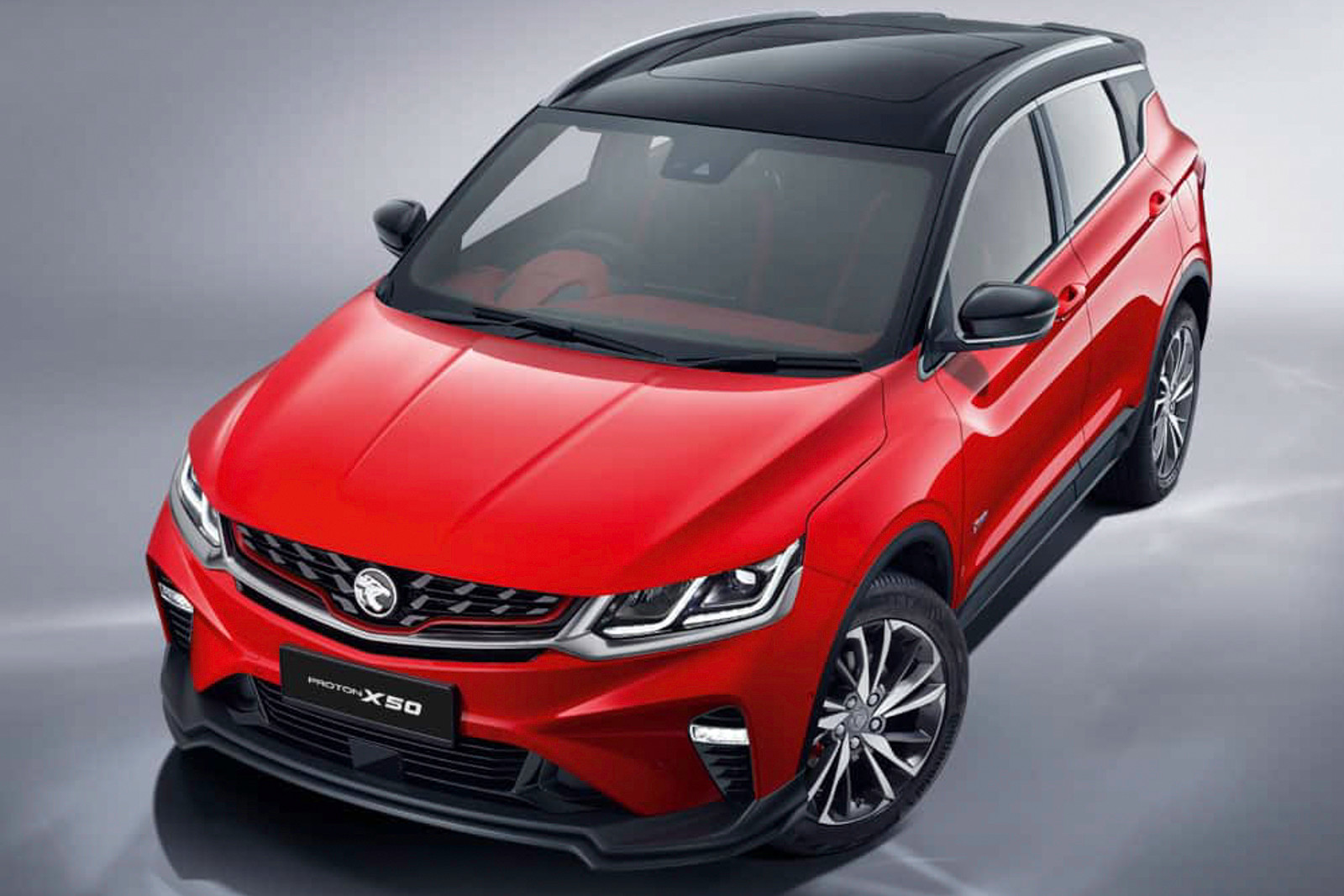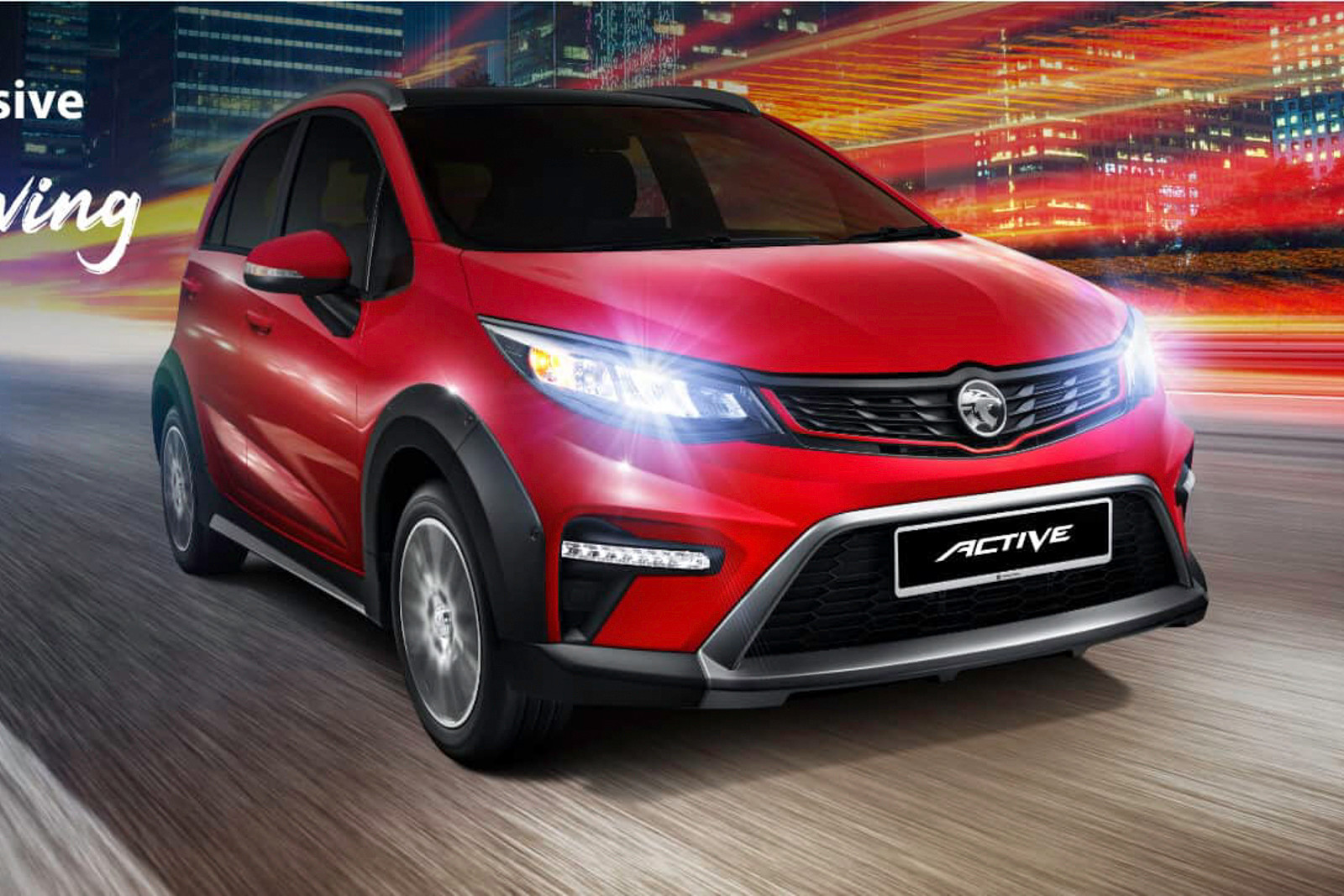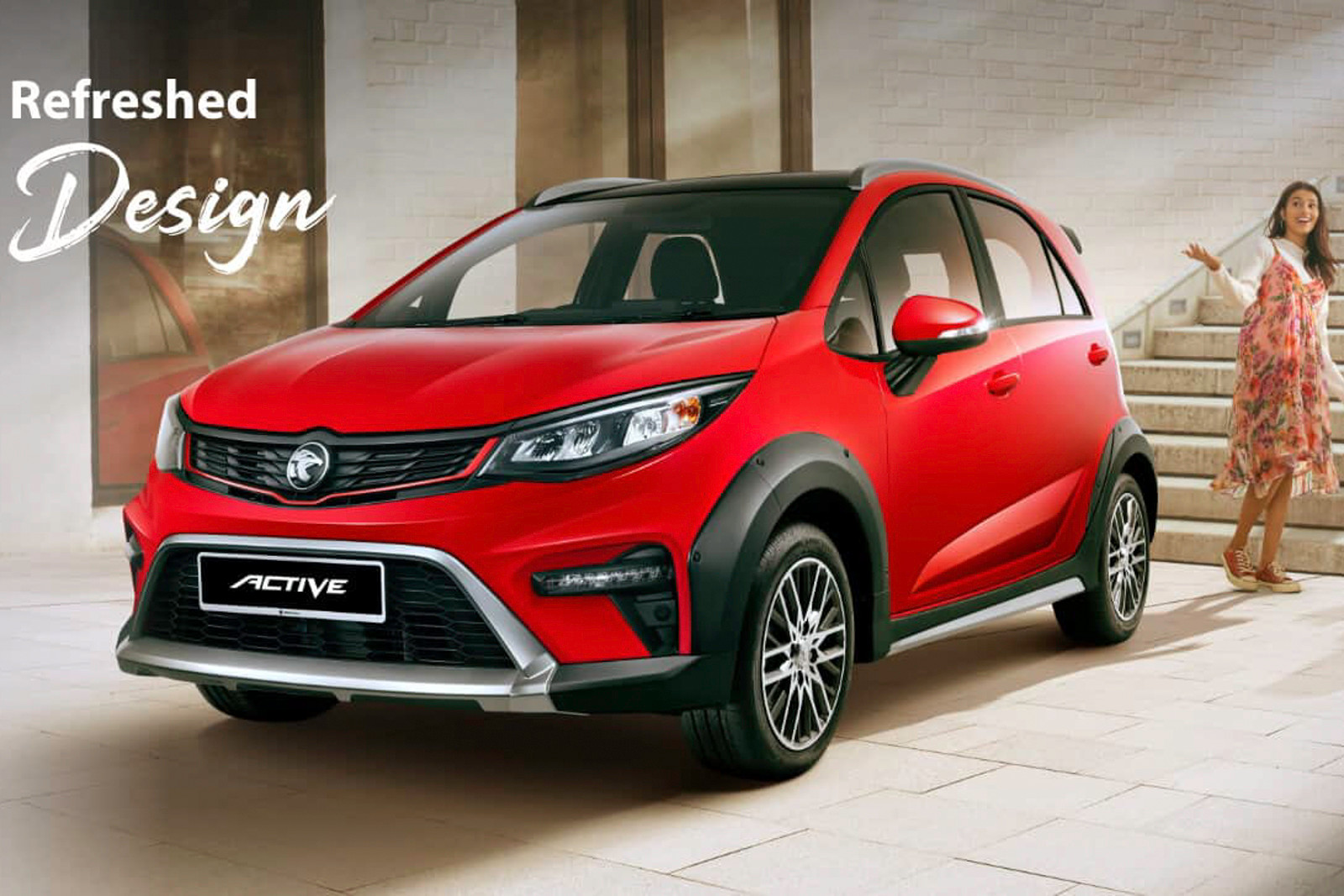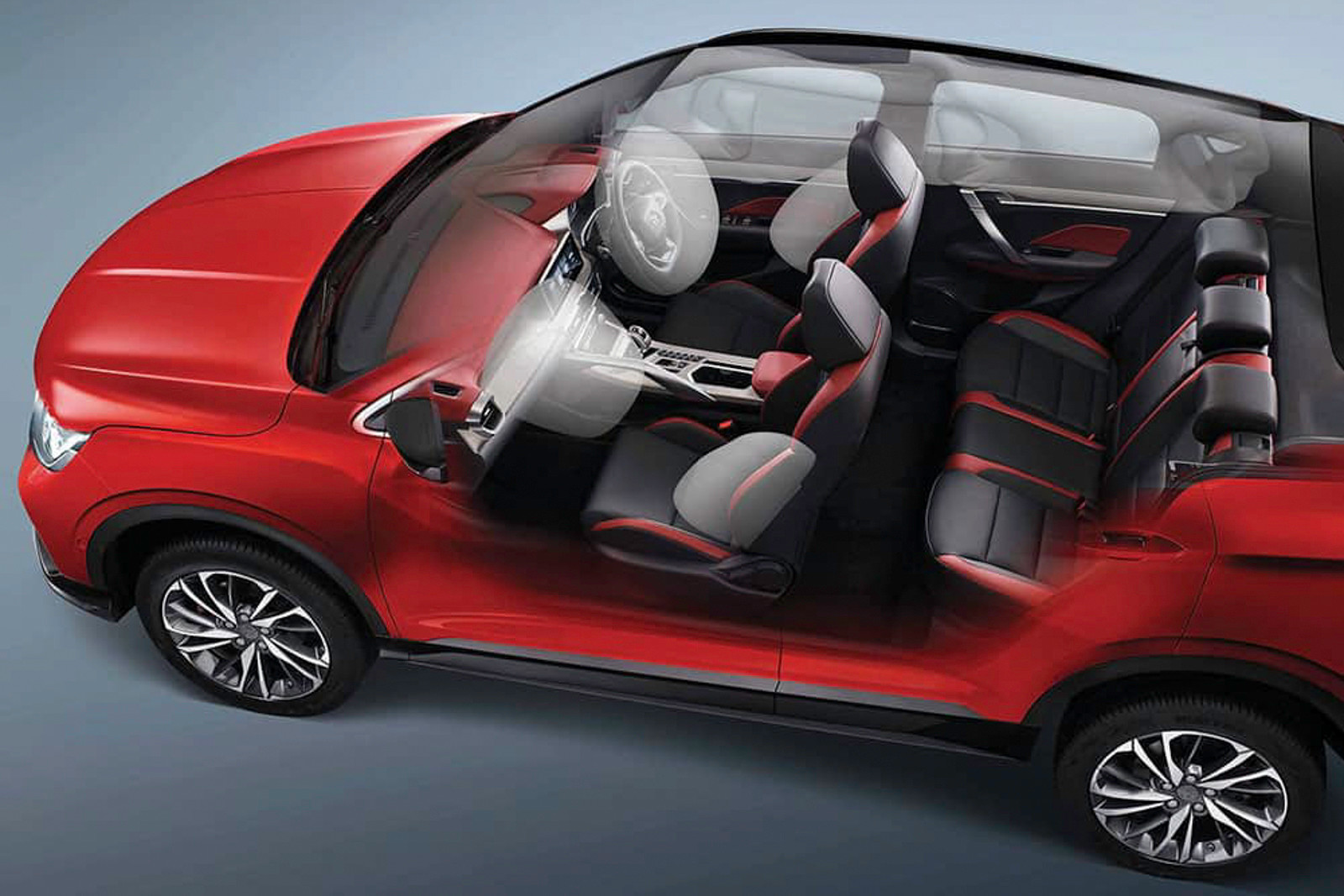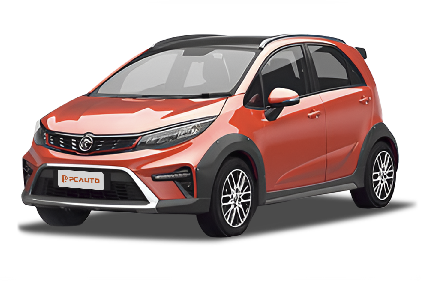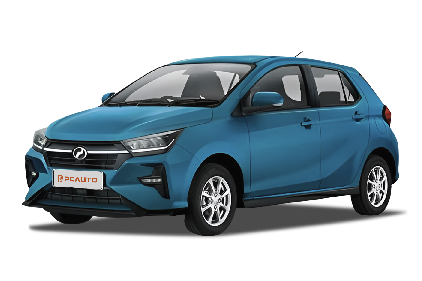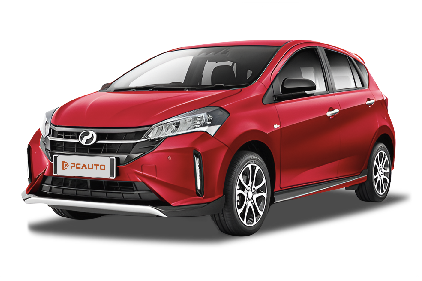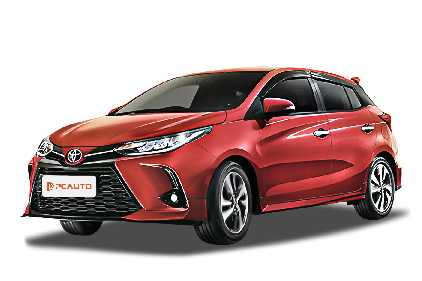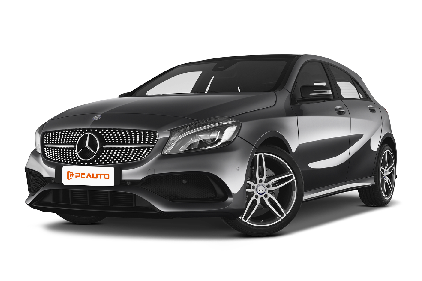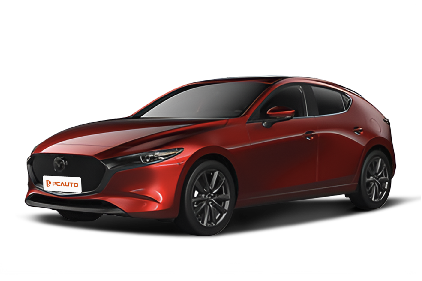Q
What is the fuel consumption of Mitsubishi Attrage 2014 km L?
The 2014 Mitsubishi Attrage delivers solid fuel efficiency for its class. Equipped with a 1.2L MIVEC three-cylinder engine and CVT, its official combined cycle rating sits around 20-22 km/L (roughly 4.5-5.0L/100km). Real-world figures typically drop to 18-20 km/L in city driving but can stretch to 23-25 km/L on highway runs – though your mileage will vary based on driving style, road conditions, and maintenance.
Key efficiency boosters include its lightweight construction and low-rolling-resistance tires. The compact engine also helps minimize fuel waste in stop-and-go traffic, making it a practical daily driver. Pro tips: regular air filter changes, proper tire pressure, and smooth acceleration/braking can further optimize consumption.
While rivals like the Toyota Vios and Honda City post similar numbers, the Attrage holds an edge in used markets thanks to its lower upfront cost and affordable upkeep. If considering a pre-owned unit, always scan the engine and transmission via OBD to verify optimal fuel performance.
Q
How many cylinders are in the 2014 Mitsubishi Attrage?
The 2014 Mitsubishi Attrage is powered by a 1.2-liter MIVEC three-cylinder naturally aspirated engine. As the name suggests, it features three cylinders and incorporates Mitsubishi's innovative variable valve timing technology. This setup delivers smooth power output while maintaining good fuel efficiency—making it ideal for city driving.
Three-cylinder engines are becoming increasingly popular in compact sedans due to their smaller size, lighter weight, and improved fuel economy with lower emissions. They’re also relatively inexpensive to maintain, which makes them a practical choice for daily commuting.
The Attrage, as an economy-focused sedan, is tuned for fuel savings and practicality. While a three-cylinder engine might not be as refined as a four-cylinder at higher RPMs, it remains dependable at lower speeds. It’s a solid pick for buyers who prioritize efficiency and cost-effectiveness over outright performance.
Q
How long will a 2018 Outlander last?
The 2018 Outlander can typically hit 200,000 to 300,000 kilometers or more with regular maintenance and proper use. Its lifespan really depends on how well the owner takes care of it and the driving conditions. Under the hood, you've got the tried-and-true 2.0L or 2.4L naturally aspirated engines paired with a CVT transmission, making for a pretty reliable powertrain. Staying on top of key services like oil changes, transmission fluid swaps, and coolant replacements will definitely help it go the distance.
Body-wise, Mitsubishi went with a high-rigidity design, and the suspension is tuned more for comfort, which works well for local roads. But if you're regularly tackling rough terrain, it's smart to check the suspension and brake components more often. Inside, the materials are practical rather than fancy, but the interior and electronics don't throw a lot of tantrums. Keeping things clean and avoiding really damp spots should slow down aging.
If you're planning to keep it for the long haul, stick to the manufacturer's maintenance schedule and use reputable repair shops. Also, keep an eye on rubber parts and seals—they dry out over time, and replacing them before they fail can save you from bigger repair bills later. All in all, it's a solid, durable ride that fits the bill for folks who value practicality and fuel economy.
Q
Does the 2018 Mitsubishi Outlander have a timing belt or chain?
The 2018 Mitsubishi Outlander comes with a timing chain instead of a timing belt. This design offers advantages in durability and maintenance costs—unlike a timing belt, it generally doesn’t need regular replacement and theoretically lasts as long as the engine itself. However, it’s advisable to periodically check the condition of the chain tensioner and guides to ensure proper operation. Both the 2.0L and 2.4L MIVEC engines in this model use chain drive, a technology that reduces the risk of breakage and handles higher RPM conditions better. That said, the chain might produce slightly more operational noise than a belt. For owners, knowing the type of timing system is important: while chains have longer maintenance intervals, any unusual noises or skipped teeth still require professional inspection. Belts, on the other hand, need strict replacement every 60,000-100,000 kilometers or 5 years to prevent breakage and severe engine damage. During regular maintenance, keep an eye on the service manual’s recommendations for timing system checks. Using oil that meets specifications can also extend the chain system’s life. If you experience difficulty starting the engine or notice abnormal power delivery, promptly investigate potential timing issues.
Q
Is there any recalls on a 2018 Mitsubishi Outlander?
Information on the recall of the 2018 Mitsubishi Outlander: this model was subject to global recall notices due to fuel pump failures and brake booster issues. Specifically, the fuel pump impeller could deform, leading to engine stalling, and insufficient sealing in the brake booster might affect braking performance. While recall batches may vary across markets, owners are advised to enter their Vehicle Identification Number (VIN) into the recall lookup tool on Mitsubishi's official website to check if their vehicle is affected, or contact an authorized service center directly for verification. Additionally, staying updated on recall information is crucial for vehicle safety, especially regarding potential hazards in electronic systems and critical components – for instance, some same-era models also had recalls related to airbag control modules or wiring harness connectors. If any abnormalities are noticed in the vehicle, such as difficulty starting or a hard brake pedal, prompt inspection at a service facility is recommended, and local dealers can provide free repair services. For used car buyers, checking the complete maintenance records and recall handling status is also an essential step to ensure the vehicle meets safety standards.
Q
What is the fuel consumption of the 2018 Outlander?
The fuel economy of the 2018 Outlander varies depending on the powertrain and driving conditions. Models equipped with the 2.0L naturally aspirated engine have a combined fuel consumption of approximately 7.6L/100km, while the 2.4L version is slightly higher at around 8.1L/100km. Actual fuel usage may fluctuate based on factors like road conditions, driving habits, or vehicle load. This SUV features Mitsubishi's MIVEC technology to optimize combustion efficiency, paired with a CVT transmission to enhance fuel economy, making it well-suited for balancing city commuting and long-distance driving. To further reduce fuel consumption, it's advisable to regularly maintain proper tire pressure, avoid sudden acceleration, and use the ECO driving mode appropriately. Among SUVs in its class, its fuel economy is on par with competitors, but the Outlander stands out with its higher ground clearance and practical space layout, ideal for family users. It's worth noting that the hybrid Outlander PHEV is also available in the local market, offering an all-electric range of about 50 kilometers, making it more suitable for short commutes and significantly reducing fuel expenses.
Q
How long will a 2018 Mitsubishi Outlander last?
The 2018 Mitsubishi Outlander can typically hit 200,000 to 300,000 kilometers with regular maintenance and normal use—roughly 15 years of life, depending on driving habits, road conditions, and how often you service it. Under the hood, the 2.0L or 2.4L naturally aspirated engines are pretty solid tech-wise, paired with a CVT that’s generally reliable. Sticking to regular oil changes, transmission fluid swaps, and chassis components maintenance will definitely help it last longer. In Southeast Asia’s hot, humid weather, pay extra attention to the cooling system and rubber parts—things like belts and suspension bushings—since the heat can speed up wear and tear. The Outlander’s 4WD system handles rainforest roads steady enough, but regular off-roading will wear out the chassis faster; city-driven models usually see less wear. On the used car market, Outlanders with full service records hold their value better. If it’s over 150,000 km, check the CVT’s condition and listen for chassis rattles. Among its class, repair costs are reasonable, OEM parts are easy to find, and most regular issues can be fixed at third-party shops. To stretch its lifespan even more, inspect the engine timing chain and fuel injectors every 50,000 km—those little checks can save you from major repairs down the line.
Q
What is the value of a 2018 Outlander?
A 2018 Outlander typically fetches between RM70,000 and RM100,000 on the used car market, with the exact price depending on factors like condition, mileage, trim level, and service history. The higher-spec 2.4L 4WD variants usually hold their value better than the base models. Thanks to its reliable powertrains – think the 2.0L and 2.4L MIVEC engines – and practical seven-seat layout, this SUV has built a solid reputation among family buyers. It’s also pretty common in the used market, so finding one with a complete service record isn’t too tough. If you’re eyeing a used Outlander, I’d recommend prioritizing those with dealer service history. Make sure to check the CVT transmission’s condition and test the 4WD system. Also, don’t overlook the 2018 model’s standard active safety features like the FCM forward collision mitigation system – super useful for daily driving. On top of that, Mitsubishi has a decent after-sales network and relatively sufficient supply of accessories, keeping long-term running costs manageable. All in all, it’s a solid pick if you value practicality and durability.
Q
What is the fuel consumption of the 2018 Mitsubishi Outlander?
The fuel economy of the 2018 Mitsubishi Outlander varies by powertrain. The version with the 2.0L MIVEC four-cylinder gasoline engine delivers a combined fuel consumption of approximately 7.2 liters per 100 kilometers, while the 2.4L engine variant is slightly higher at around 7.6 liters per 100 kilometers. Actual fuel usage may be affected by driving habits, road conditions, and vehicle load. This SUV features Mitsubishi's exclusive ECO driving mode, which enhances fuel efficiency by adjusting throttle response and air conditioning output, making it suitable for balancing city commuting and long-distance driving needs. Notably, the Outlander stands out in its class with its S-AWC all-wheel drive system and optimized aerodynamic design, technologies that not only improve handling stability but also help reduce fuel consumption at highway speeds. To further optimize fuel economy, it's advisable to perform regular maintenance (such as replacing the air filter and using the recommended viscosity oil) and maintain proper tire pressure; these details help keep the vehicle operating at peak efficiency. For owners focused on fuel savings, the hybrid model is also worth considering, though it's important to note the differences in maintenance costs between various powertrain systems.
Q
What is the range of the 2018 Mitsubishi Outlander?
The range of the 2018 Mitsubishi Outlander depends on its specific powertrain. The version with the 2.0-liter MIVEC gasoline engine has a 63-liter fuel tank, delivering a combined driving range of approximately 600 to 650 kilometers on a full tank. The 2.4-liter variant, with its slightly larger displacement, sees a minor reduction in range, coming in at 550 to 600 kilometers. Actual mileage will vary based on driving habits and road conditions. When this SUV is equipped with the S-AWC all-wheel-drive system, fuel consumption increases slightly, but it enhances stability on complex road surfaces, making it suitable for long journeys. If you opt for the plug-in hybrid version (PHEV), it can travel around 50 kilometers in pure electric mode, and with the combustion engine, the total range exceeds 800 kilometers, ideal for short commutes and energy-saving needs. The Outlander's fuel tank capacity is similar to that of same level Japanese system SUV, but it's advisable to regularly maintain the engine and tire pressure to optimize fuel efficiency. Additionally, its ECO driving mode can further extend the range. It's important to note that the range of used vehicles may vary depending on the condition of the battery or engine; you can request to inspect the fuel efficiency data before purchasing.
